How can you scale quality assurance without sacrificing quality
Last updated: January 22, 2024 Read in fullscreen view
- 18 Oct 2020
 How to use the "Knowns" and "Unknowns" technique to manage assumptions 21/992
How to use the "Knowns" and "Unknowns" technique to manage assumptions 21/992 - 01 Oct 2020
 Fail fast, learn faster with Agile methodology 13/975
Fail fast, learn faster with Agile methodology 13/975 - 19 Oct 2021
 Is gold plating good or bad in project management? 8/756
Is gold plating good or bad in project management? 8/756 - 10 Nov 2022
 Poor Code Indicators and How to Improve Your Code? 8/214
Poor Code Indicators and How to Improve Your Code? 8/214 - 01 Mar 2023
 Bug Prioritization - What are the 5 levels of priority? 6/207
Bug Prioritization - What are the 5 levels of priority? 6/207 - 06 Feb 2021
 Why fail fast and learn fast? 6/376
Why fail fast and learn fast? 6/376 - 10 Dec 2021
 What is a Kano Analysis? 6/810
What is a Kano Analysis? 6/810 - 18 Aug 2022
 What are the consequences of poor requirements with software development projects? 4/243
What are the consequences of poor requirements with software development projects? 4/243 - 14 Oct 2021
 Advantages and Disadvantages of Time and Material Contract (T&M) 4/794
Advantages and Disadvantages of Time and Material Contract (T&M) 4/794 - 08 Oct 2022
 KPI - The New Leadership 3/557
KPI - The New Leadership 3/557 - 31 Oct 2021
 Tips to Fail Fast With Outsourcing 3/376
Tips to Fail Fast With Outsourcing 3/376 - 23 Sep 2021
 INFOGRAPHIC: Top 9 Software Outsourcing Mistakes 2/412
INFOGRAPHIC: Top 9 Software Outsourcing Mistakes 2/412 - 07 Dec 2023
 The Myths Of Requirements 2/206
The Myths Of Requirements 2/206 - 10 Dec 2023
 Pain points of User Acceptance Testing (UAT) 2/417
Pain points of User Acceptance Testing (UAT) 2/417 - 17 Feb 2022
 Prioritizing Software Requirements with Kano Analysis 2/284
Prioritizing Software Requirements with Kano Analysis 2/284 - 13 Dec 2020
 Move fast, fail fast, fail-safe 2/292
Move fast, fail fast, fail-safe 2/292 - 28 Dec 2021
 8 types of pricing models in software development outsourcing 2/418
8 types of pricing models in software development outsourcing 2/418 - 26 Dec 2023
 Improving Meeting Effectiveness Through the Six Thinking Hats 1/205
Improving Meeting Effectiveness Through the Six Thinking Hats 1/205 - 05 Jan 2024
 Easy ASANA tips & tricks for you and your team 1/181
Easy ASANA tips & tricks for you and your team 1/181 - 11 Jan 2024
 What are the Benefits and Limitations of Augmented Intelligence? 1/435
What are the Benefits and Limitations of Augmented Intelligence? 1/435 - 19 Apr 2021
 7 Most Common Time-Wasters For Software Development 1/525
7 Most Common Time-Wasters For Software Development 1/525 - 06 Nov 2019
 How to Access Software Project Size? /236
How to Access Software Project Size? /236 - 10 Nov 2021
 Automated QA Outsourcing – Hire a Professional Software Testing Team /515
Automated QA Outsourcing – Hire a Professional Software Testing Team /515 - 02 Apr 2022
 Productivity vs. Efficiency – What Are the Differences? /196
Productivity vs. Efficiency – What Are the Differences? /196 - 14 Mar 2024
 Why should you opt for software localization from a professional agency? /117
Why should you opt for software localization from a professional agency? /117 - 12 Mar 2024
 How do you create FOMO in software prospects? /131
How do you create FOMO in software prospects? /131 - 15 Aug 2025
 Quantum Technology: Global Challenges and Opportunities for Innovators /57
Quantum Technology: Global Challenges and Opportunities for Innovators /57
-
Define clear standards and metrics
One of the first steps to scale QA is to define clear and consistent standards and metrics for quality across the organization. This means establishing what quality means for your product or service, how you will measure it, and what are the acceptable levels and thresholds. Having clear standards and metrics will help you align your QA activities with your business objectives, communicate your expectations to your team and customers, and monitor your performance and progress.
-
Automate and optimize your processes
Another key step to scale QA is to automate and optimize your processes as much as possible. This means using tools and techniques that can help you perform repetitive, tedious, or complex tasks faster, easier, and more accurately. For example, you can use automation tools to run tests, generate reports, or send alerts. You can also use optimization tools to analyze data, identify bottlenecks, or suggest improvements. Automating and optimizing your processes will help you save time, reduce costs, and increase efficiency and productivity.
-
Leverage feedback and data
A third step to scale QA is to leverage feedback and data from various sources and channels. This means collecting and analyzing information from your customers, users, stakeholders, competitors, and market trends. Feedback and data can help you understand your strengths and weaknesses, identify opportunities and threats, and validate your assumptions and hypotheses. Leveraging feedback and data will help you improve your quality, innovate your solutions, and adapt to changing needs and expectations.
-
Build a culture of quality
A fourth step to scale QA is to build a culture of quality within your organization. This means fostering a mindset and attitude that values quality as a priority and a responsibility for everyone. Building a culture of quality involves creating a shared vision and mission, setting clear roles and expectations, providing training and support, encouraging collaboration and communication, rewarding excellence and learning, and soliciting and acting on feedback. Building a culture of quality will help you motivate and empower your team, enhance yo
-
Integrate QA into your workflows
A fifth step to scale QA is to integrate QA into your workflows and processes. This means making QA an integral part of your development, delivery, and maintenance cycles. Integrating QA into your workflows involves planning and designing your QA activities, executing and monitoring your QA tasks, evaluating and reporting your QA results, and implementing and verifying your QA actions. Integrating QA into your workflows will help you ensure quality at every stage, prevent and detect issues early, and deliver value faster and more reliably.
-
Review and improve your QA practices
A final step to scale QA is to review and improve your QA practices regularly. This means assessing and measuring your QA performance, outcomes, and impacts. Reviewing and improving your QA practices involves collecting and analyzing data and feedback, identifying gaps and areas for improvement, prioritizing and implementing changes, and tracking and evaluating results. Reviewing and improving your QA practices will help you maintain and enhance your quality, learn from your experiences, and stay ahead of the curve.






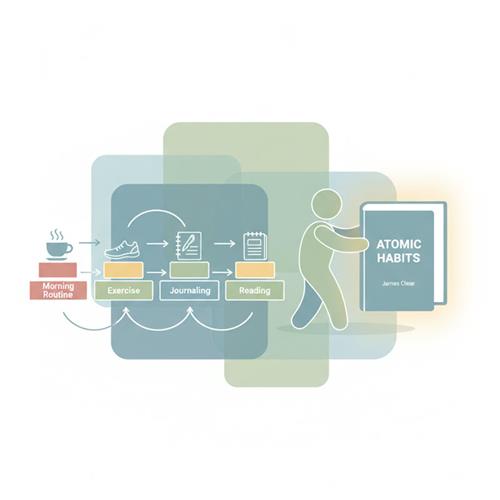

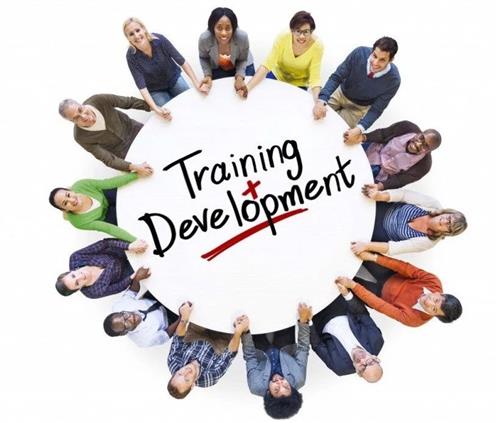
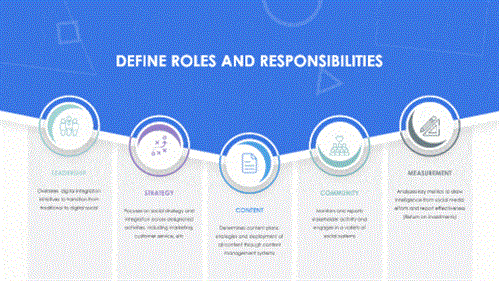

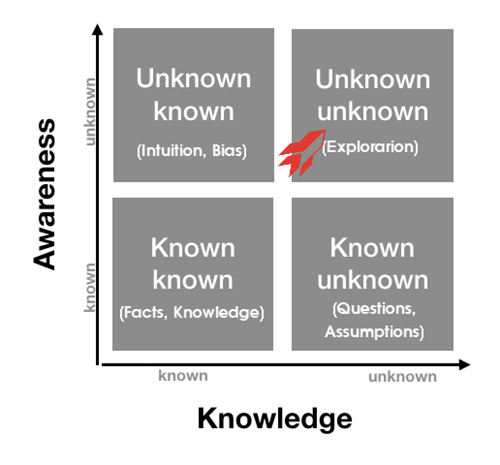

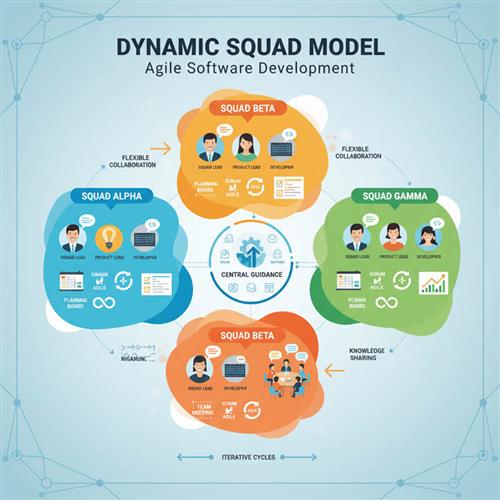
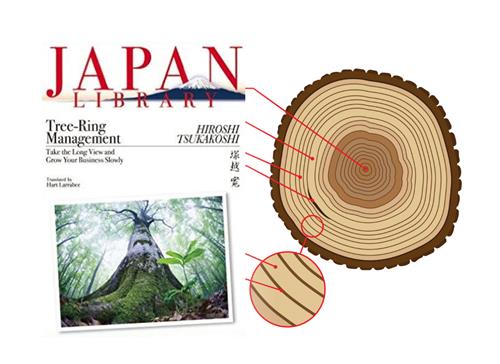



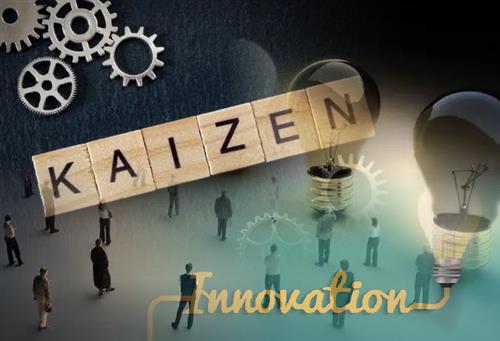
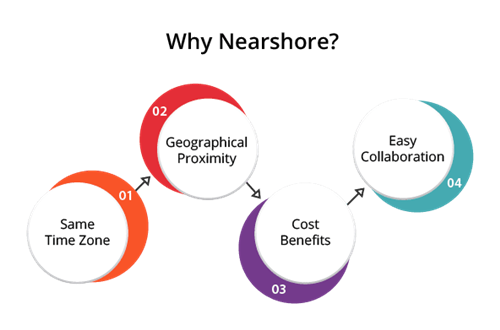

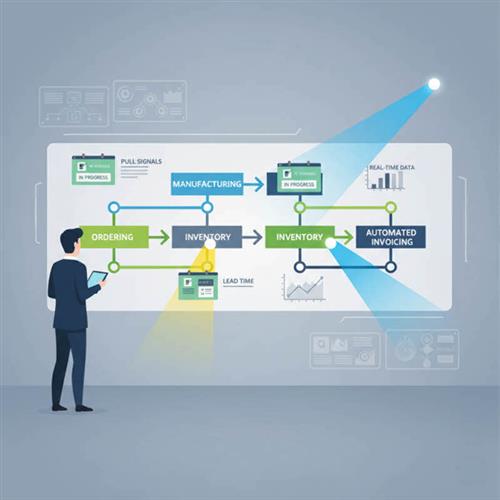












 Link copied!
Link copied!
 Recently Updated News
Recently Updated News